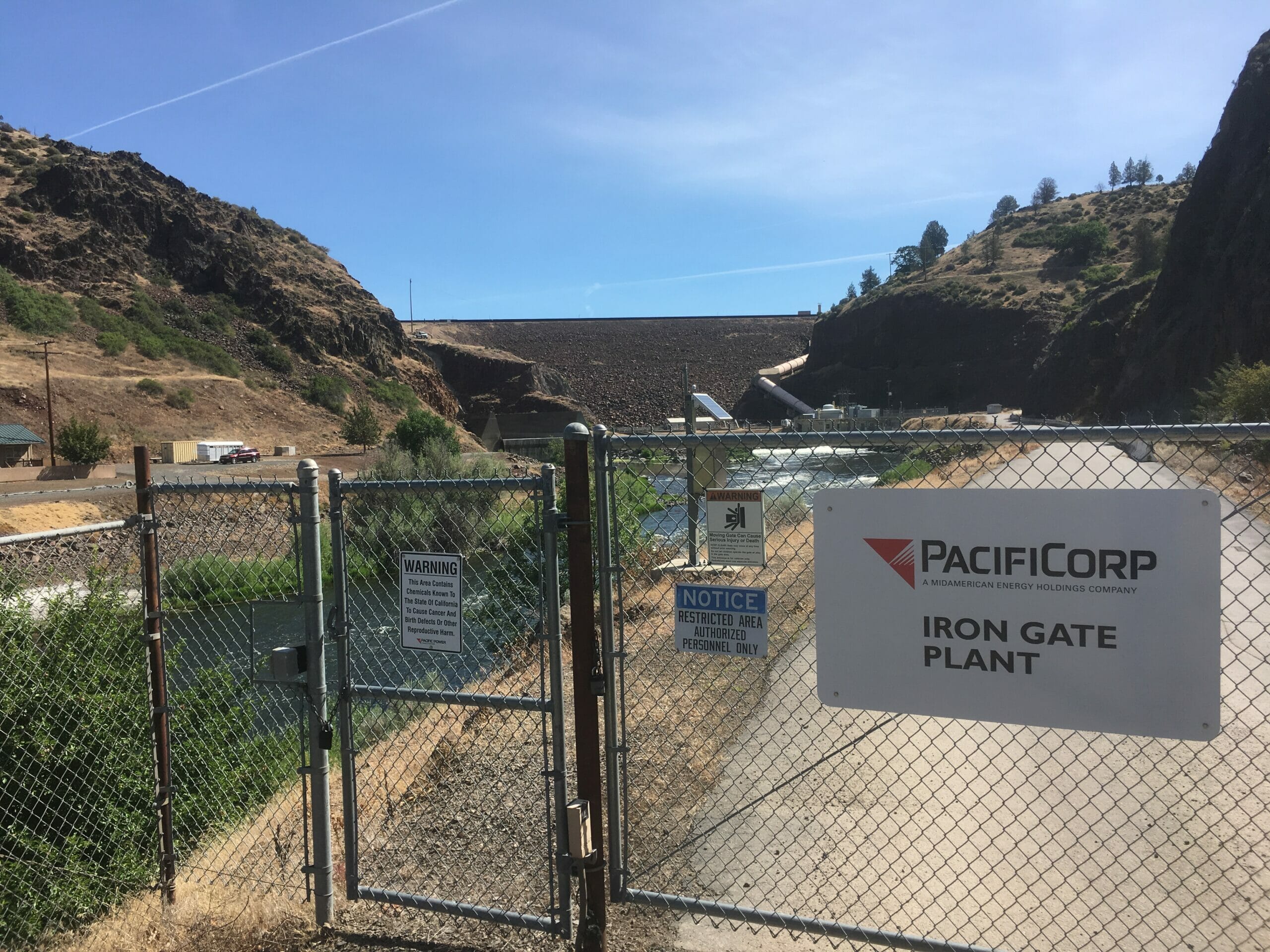
FOR IMMEDIATE RELEASE:
January 25, 2022
Media Contacts
Brian Johnson, Trout Unlimited — bjohnson@tu.org; (415) 385-0796
Curtis Knight, California Trout — cknight@caltrout.org; (530) 926-3755
Mark Rockwell, Fly Fishers International — mrockwell1945@gmail.com; (530) 559-5759
Klamath River: Federal Environmental Review Confirms Prior Analyses that Dam Removal Benefits Far Outweigh Risks
Washington, DC—Today the Federal Energy Regulatory Commission (FERC) released its draft Environmental Impact Statement (DEIS) on plans to decommission the Lower Klamath Project, which involves the removal of four old, fish-killing dams on the Klamath River. Trout Unlimited, California Trout, and Fly Fishers International lauded the FERC analyses, which affirms the findings of previous federal and state environmental reviews, and the agency’s support for initiating dam removal in 2023.
The four dams of the Lower Klamath Project — Iron Gate, Copco I & II, and JC Boyle — are old and generate very little hydropower. Moreover, the Lower Klamath Project dams provide no water for municipal use or irrigation diversions, negligible flood control benefits, and completely block fish passage for culturally and commercially important species such as salmon and steelhead. The dams prevent salmon and steelhead from accessing some 400 miles of vital spawning and rearing habitat, and are a primary factor in the precipitous decline of these species in what has been, historically, the third most productive watershed for salmon and steelhead on the West Coast.
Brian Johnson, California Director with Trout Unlimited, said, “Multiple environmental reviews by state and federal resource agencies have all reached the same conclusion: removing these dams is imperative for restoring the Klamath River and its legendary salmon and steelhead fisheries. We still need to balance water use and restore wetlands in the Upper Basin, but dam removal remains the single biggest thing we can do to restore Klamath fisheries and water quality right now.”
Curtis, Knight, Executive Director of California Trout, said, “The era of removing obsolete dams is here. Dams like those on the Klamath no longer serve a vital purpose and have disrupted the ecosystem for too long. Removing the Klamath dams is the best option to recover salmon and steelhead populations, local economies, tribal communities, and all that depend on clean, healthy water.”
Mark Rockwell, President and VP for Conservation for the Northern California Council of Fly Fishers International, said, “For its history, the Klamath River has been one of the West’s great rivers, with tributaries coming from both Oregon & California. It is the highway salmon and steelhead use to reach their natal spawning tributaries so the next generation can begin. For one hundred years these dams have blocked the ability of fish to move upriver, resulting in a 90% decrease in fish populations. The Klamath was once the single most desired river in California to fly fish. Our members are excited about this opportunity. Dam removal will begin a recovery that has waited far too long, and the Klamath has a chance to return to its greatness.”
In its review comparing the impacts of dam removal to current conditions, the FERC DEIS concludes that dam removal provides significant economic, environmental, and cultural benefits to Northern California and Southern Oregon. One of the key findings is that the projected cost of removing the four dams on the Klamath falls well within the anticipated cost range agreed to by Tribes, irrigators, fishermen, and current dam owner PacifiCorp. The thorough analysis also affirmed the findings of two previous federal environmental reviews (in 2006 and in 2011) that dam removal is key to restoring Klamath River fisheries and improving water quality.
PacifiCorp originally attempted to relicense the Klamath dams, but requirements for upstream and downstream fish passage and addressing increasing toxic algae blooms in the reservoirs quickly made clear that it would be more expensive to upgrade the dams than to remove them, and that transferring ownership of these dams for the purpose of decommissioning them is in the best interest of ratepayers.
FERC will accept public comments on the DEIS until April 18. The Klamath Hydroelectric Settlement Agreement calls for breaching of the dams to begin in 2023.
# # #
For summaries and the full text of the Klamath Settlement Agreements as well as additional fact sheets on the terms of the Agreements, see: http://www.reconnectklamath.org The four Klamath hydropower dams combined generate a very small amount of power – only ~82 Megawatts (MW) on average over the past fifty years. According to FERC estimates, after retrofitting to meet modern standards, these dams would only generate about 62 MW of power on average, or ~27% less than they do today. FERC estimated in its 2007 Final Environmental Impact Report on relicensing that the required retrofitting would be so expensive that these dams would then operate at more than a $20 million/year net loss.

